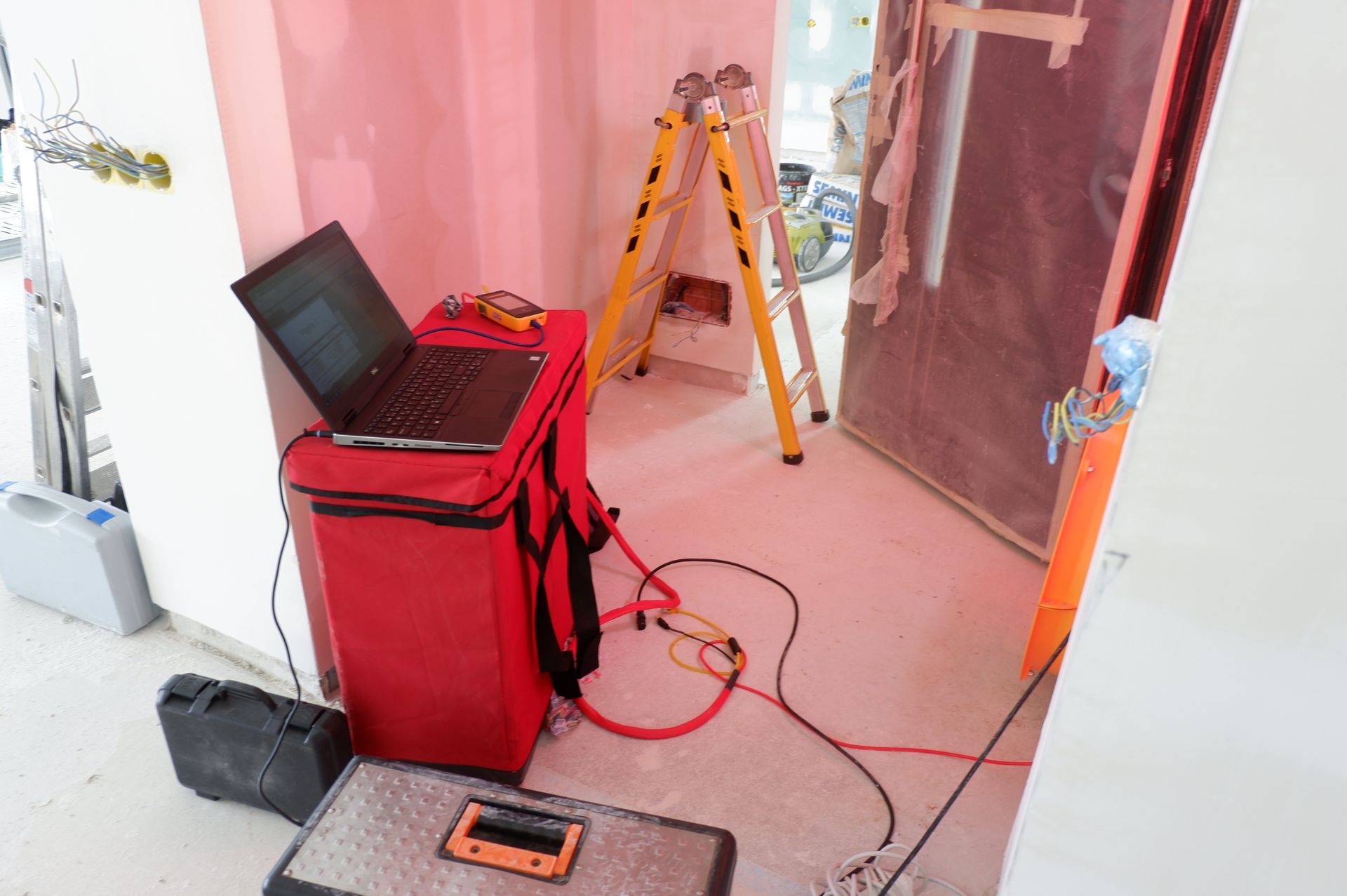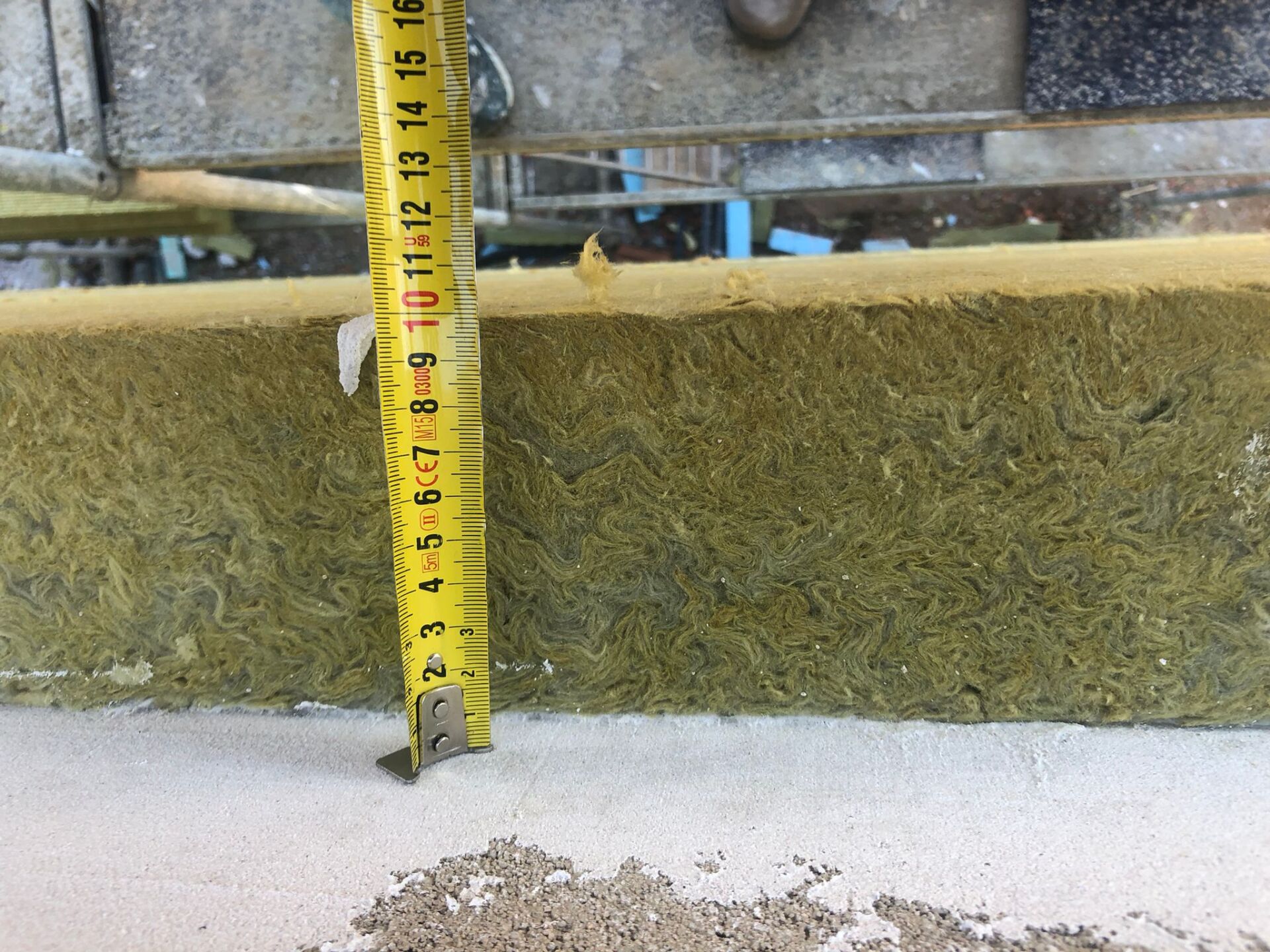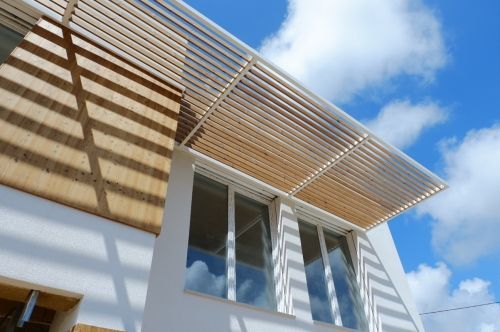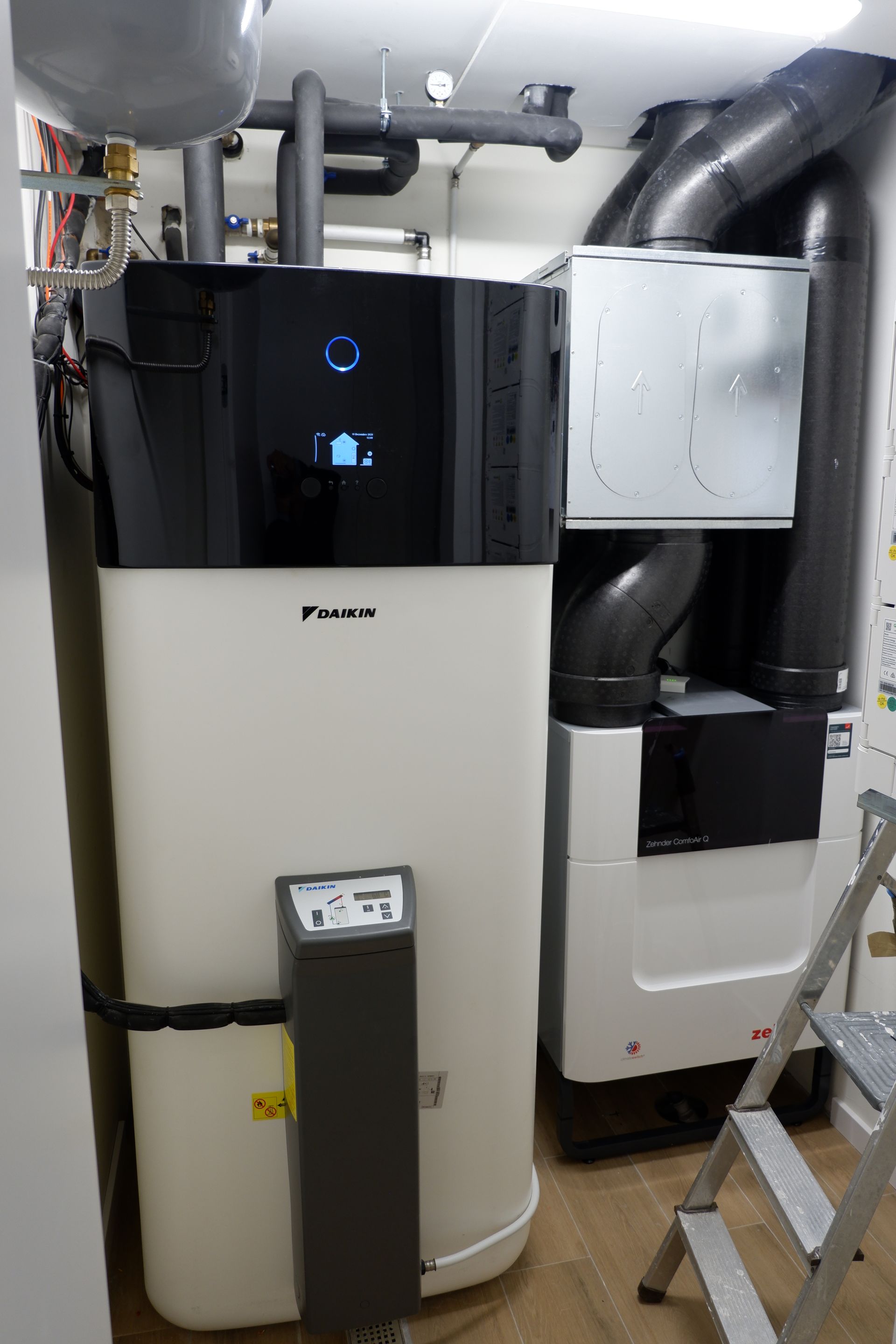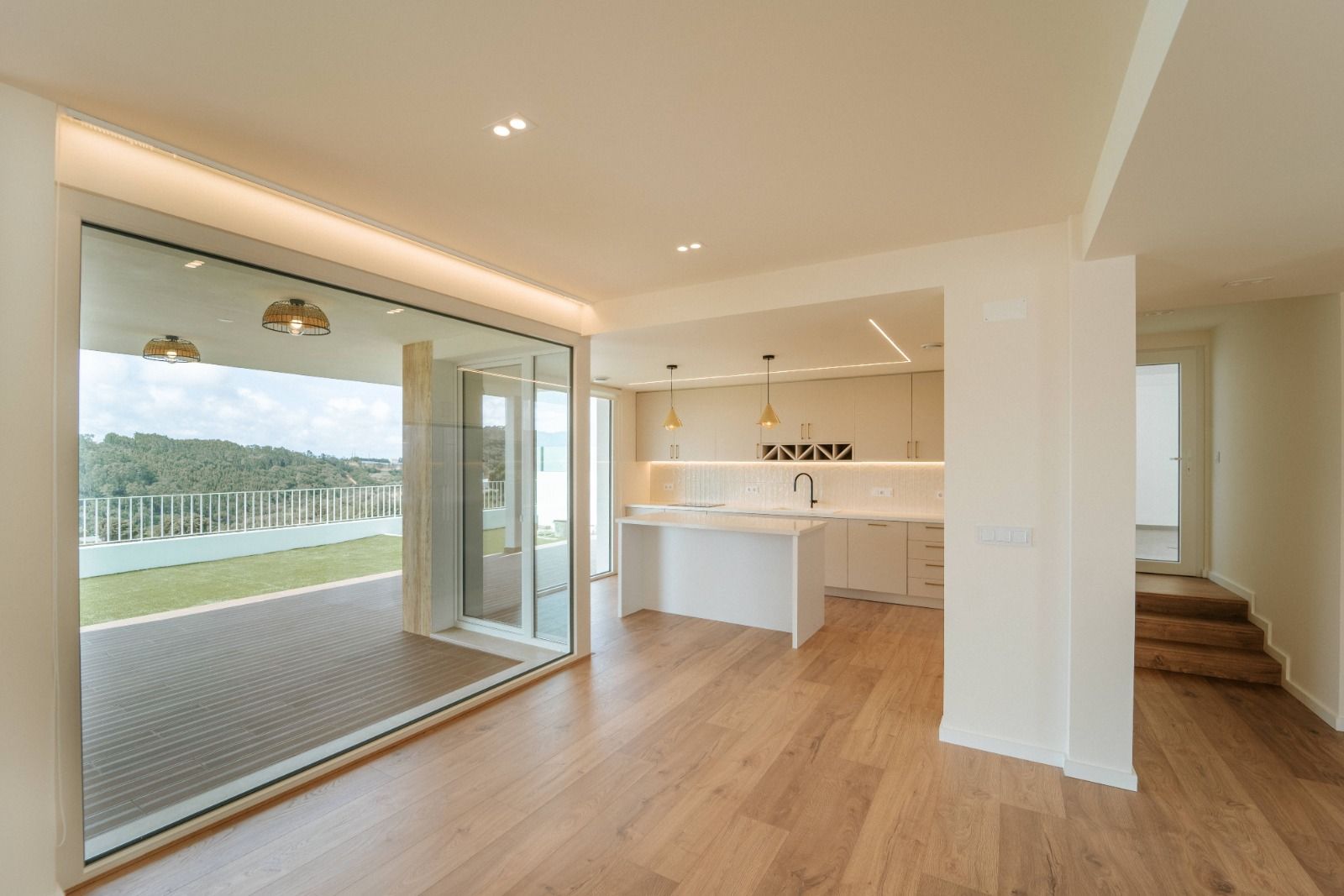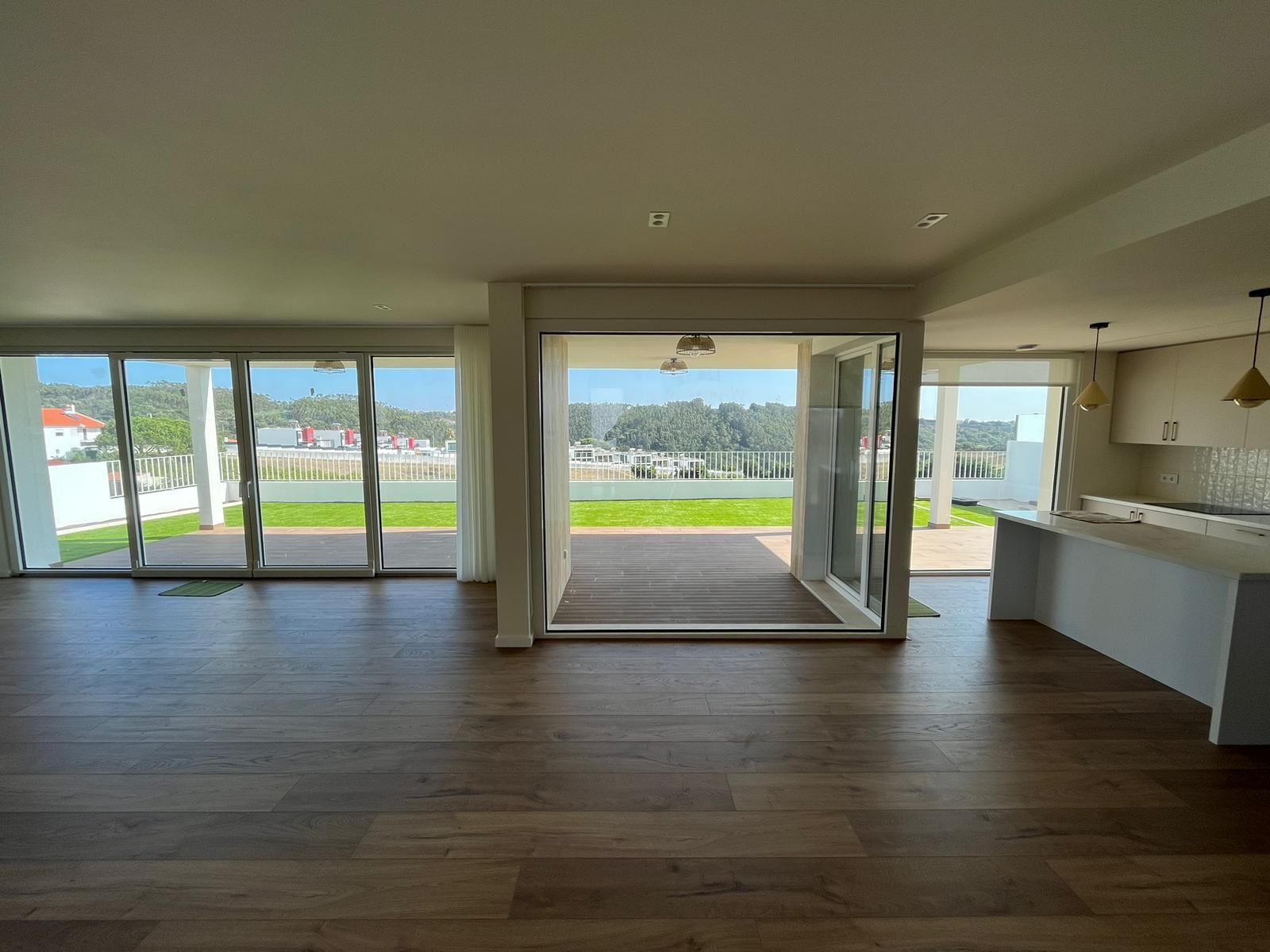Avoiding Thermal Bridges – A Core Passive House Principle
It´s not just about energy

Avoiding thermal bridges is one of the fundamental principles of the Passive House Standard, and it serves two key purposes:
1. Reducing energy transfer between interior and exterior (both in summer and winter)
Thermal bridges are specific areas of a building's envelope—often found at junctions between different materials or structural elements—where the insulation is compromised or where materials with different thermal conductivities meet. These interruptions in the thermal envelope result in multidimensional heat flow, meaning heat moves not just in a straight line but in complex paths, increasing energy loss.
In winter, thermal bridges can lead to unwanted heat escaping from the interior to the exterior, increasing heating demand. In summer, the opposite occurs—heat can penetrate more easily from outside, adding to the cooling load.
In both cases, they undermine the building’s energy efficiency.
2. Preventing building pathologies
Beyond energy performance, thermal bridges can also create hygrothermal issues—conditions where temperature differences combined with air moisture lead to:
- Surface condensation: When internal surfaces fall below the dew point temperature, moisture condenses on the walls or ceilings.
- Mould growth: Persistent condensation creates the perfect conditions for mould, which not only damages finishes but also poses health risks to occupants.
- Degradation of materials: Over time, moisture accumulation can damage renders, paintwork, and even structural elements.
In Passive House design, thermal bridge-free construction is not just about energy—it’s also about durability, indoor air quality, and occupant well-being.







